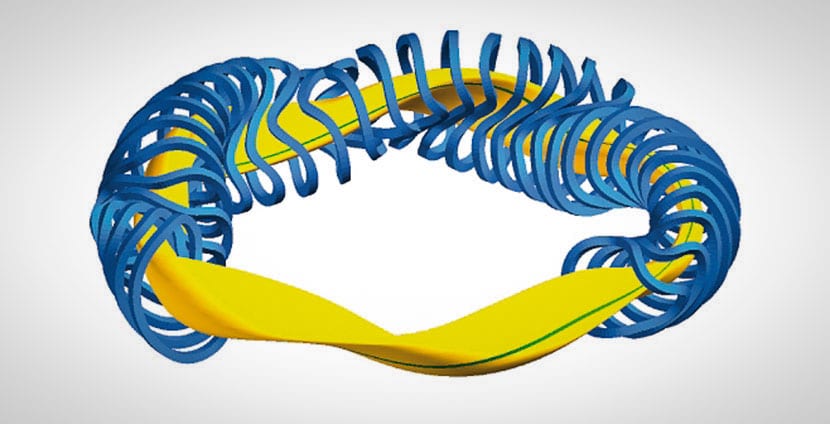Fusion Computing

Written by Tim Lash, Focus Fusion Society Contributor.
A recent post highlighted the importance of computer based simulation to fusion science. We now have two more reports demonstrating the important role computer science plays in fusion research. The first is a story from the venerable Princeton Plasma Physics Laboratory (PPPL). PPPL in collaboration with General Atomics (GA) have joined forces to bring PPPL’s premier transport code, TRANSP, to beginning users and experts alike. Another story illustrates that fusion researchers are in constant need of greater computing resources. Private research lab Tri Alpha Energy (TAE) thinks it will need exascale supercomputers to help design its next reactor.
PPPL’s TRANSP code helps researchers understand plasma transport analysis: the study of how plasma particles, heat and momentum drift across magnetic field lines. This plasma behavior is a crucial step in evaluating fusion reactor performance. Integrating TRANSP code into the OMFIT workflow manager will foster expansion of the growing community of TRANSP users. The OMFIT workflow manager can couple physics codes, execute them in complex workflows, and provide them with streamlined interfaces. Accessing TRANSP through OMFIT provides for intuitive drivers and visualization of results.
Moving from software to hardware, Tri Alpha Energy is looking to the future of exascale computing. TAE’s unique approach to harnessing fusion energy is known as the Colliding Beam Fusion Reactor, or CBFR for short. The CFBR accelerates fuel particles to the required fusion energies directly in a particle accelerator. Like LPP Fusion, TAE is also planning to use a hydrogen-boron fuel mix. TAE’s unique approach to harnessing fusion energy is why its Chief Science Offer, Toshiki Tajima, believes it will take an exaflop machine to help design it’s next-generation reactor. Interestingly, the challenging calculations TAE is trying to tackle deal with plasma transport. “Doing this will certainly require exascale computing,” said Tajima. “Without it we will take up to 30 years to finish – and our investors cannot wait that long.”
The long road toward clean reliable fusion power continues, and it is being paved by tremendous amounts of computer power.